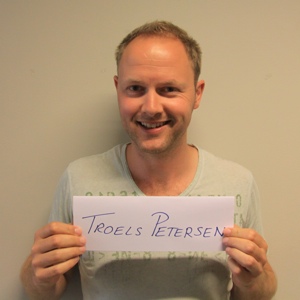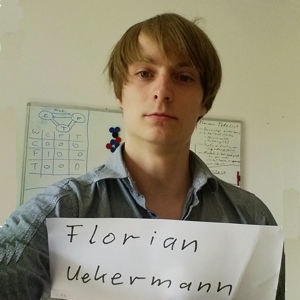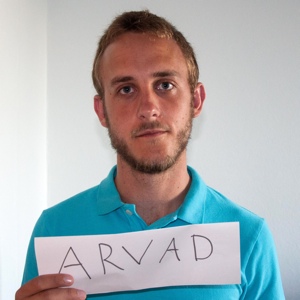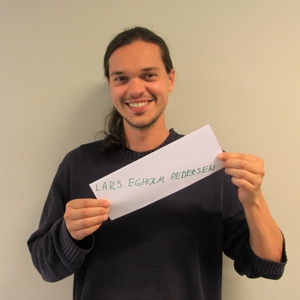Applied Statistics - From data to results (Fall 2014)
The final take-home exam has been posted! (Hand in by Friday 12:00).
Here is the associated problem 4.1 data file and a Python script for reading it.
Here is the associated problem 5.1 data file and a Python script for reading it.
When and where:
| When: | Monday 9-12, Tuesday 13-17, and Friday 9-12 (Week Schedule Group B). |
| Where: | Lectures: Auditorium A (Building C), Exercises: Auditorium M (Building M) at NBI. |
| Period: | Blok 1 (1st of September - 31st of October 2014), 9 weeks. |
| Format: | Shorter lectures followed by computer exercises and discussion. |
Content, books and prerequisites:
| Content: | Graduate statistics course giving an advanced introduction to statistics and data analysis. |
| Level: | Intended for students at 3rd-5th year of studies and new Ph.D. students. |
| Prerequisites: | Simple mathematics and some programming experience (any language, but see below). |
| Note on prerequisites: Programming is an essential tool and necessary for the course!!! | |
| Text book: | Roger Barlow: Statistics: A guide to the use of statistics. |
| Additional literature: | Philip R. Bevington: Data Reduction and Error Analysis, Glen Cowan: Statistical Data Analysis. |
| Programs used: | Simple python and the CERN software ROOT. |
| Pensum/Curriculum: | The course curriculum can be found here. |
| Key words: | PDF, Uncertainties, Correlation, Chi-Square, Likelihood, Fitting, Monte Carlo and Data Analysis. |
| Language: | Danish (English if requested). All exercises, problem sets, exams, notes, etc. are in English. |
Evaluation:
| Evaluation: | Problem set (25%), Projects (25% total), Take-home exam (50%). |
| Exam: | Take-home (28 hour) exam given Thursday the 30th of October 2014 at 8:15. |
| Censur: | Internal censor evaluation (following the Danish 7-step scale) |
| Credits: | 7.5 ECTS (i.e. 1/8 academic years work). |
Further information can be found here: Applied Statistics course information
A semi-mandatory "course introduction" questionnaire can be found at: Applied Statistics 2014 Questionaire
List of things to be done by first day of course (1st of September): Applied Statistics check list
Course outline:
Below is the preliminary course outline, subject to changes throughout the course.
Week 0: (Pre-course-start-session)
27 (10:15-12:00): Setting up computers, Installation of Python and ROOT (Aud. M).
29 (10:15-12:00): Introduction, tips and trick in Python programming (Aud. M).
Week 1 (Introduction, general concepts)
1 8:15: Intro to course, photos, questionnaire and table measurements (Aud. A).
Central limit theorem. Mean, RMS and estimators. Correlation.
2: Error propagation (which is a science!) and Python+ROOT tutorial.
5: Start project 1 (for Thursday the 18th of September) doing experiments in First Lab.
Week 2 (ChiSquare, Systematic Errors)
8: ChiSquare method (and possibly (re-)doing project 1 experiments in First Lab).
9: Probability Density Functions (PDF) especially Binomial, Poisson and Gaussian.
12: Systematic errors and Table Measurements.
Week 3 (Likelihood, Fitting, Using Simulation):
15: Producing random numbers and their use in simulations.
16: Maximum likelihood and (more) fitting.
19: Simulation exercises and summary (having handed in project 1).
Handing out problem set and data (for Wednesday the 1st of October).
Slides discussing problem set and Example Solution.
Week 4 (Hypothesis Testing):
22: Two exercises on fitting.
23: Hypothesis testing. Simple, Chi-Square, Kolmogorov and runs tests.
26: Limits and confidence intervals.
Week 5 (Bayes Theorem and classification):
29: Table measurement solution. Bayes theorem and separating/classifying events. Analysis of testbeam data (part I).
30: Evaluation of project 1 results. Analysis of testbeam data (part II). (Handing in the problem set Wednesday by midnight).
3: Start project 2 (for Sunday the 26th of October).
Week 6 (Classifying events and Project 2):
6: Calibration and use of control channels. Blind analysis.
7: Multi-Variate Analysis (MVA) part I. The linear Fisher discriminant.
10: Multi-Variate Analysis (MVA) part II. Neural Networks, Decision Trees and ROOT's TMVA. [Lars teaching]
Week 7: (efterårsferie/project2)
13:
14:
17:
Week 8 (Time series and project 2 work):
20: Project 2 work.
21: Time series analysis [Florian teaching].
24: Work on 2nd project.
Week 9 (Project 2 presentations, summary and exam):
27: Project 2 presentations. (Hand in project 2 before Sunday midnight)
28: Summary/repetition of course curriculum.
30: Exam given (posted on course webpage in the morning 8:15).
31: 12:00 Exam to be handed in.
Week 10 (Returning exam):
7: 13-15 (Aud. M): Exam solution and grades. Designing experiments (inspired by "A lady tasting tea") with beer tasting?
Problem sets, projects, and exam set:
During the course there will be one problem set to be solved, two projects to be carried out, and a final take-home exam to be handed in, all of which can (in due time) be found below:
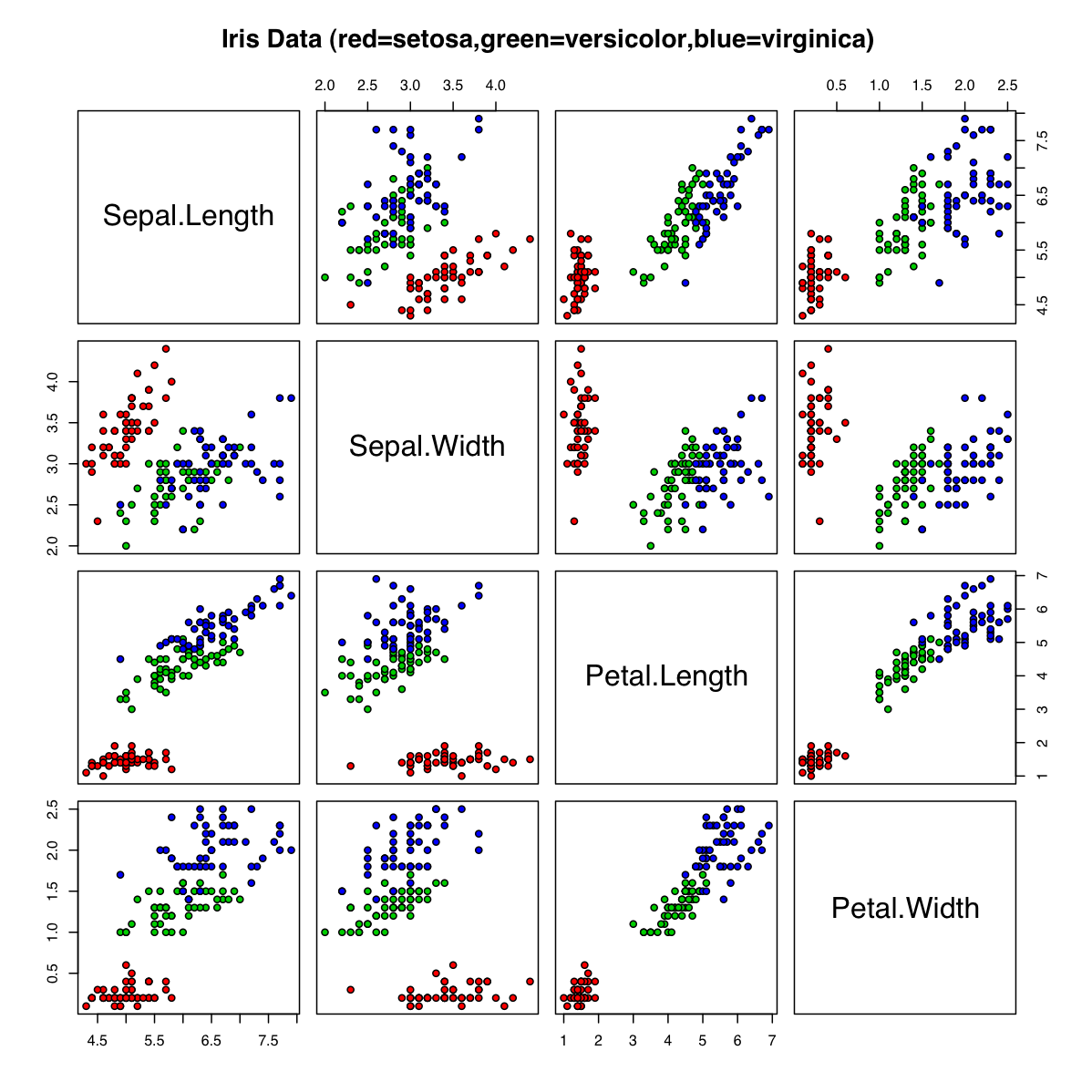
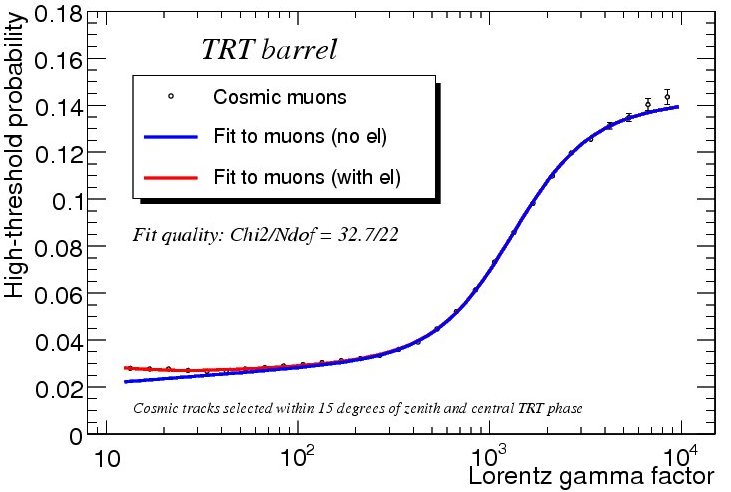
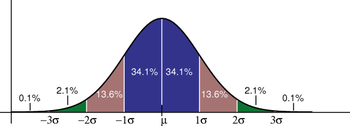
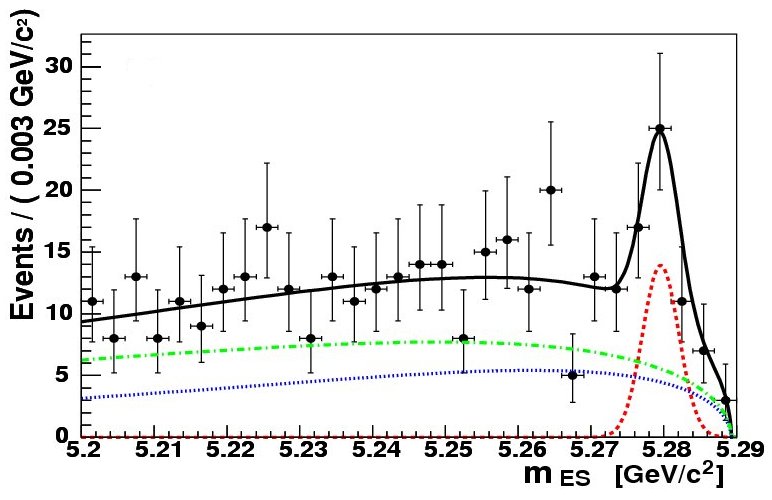
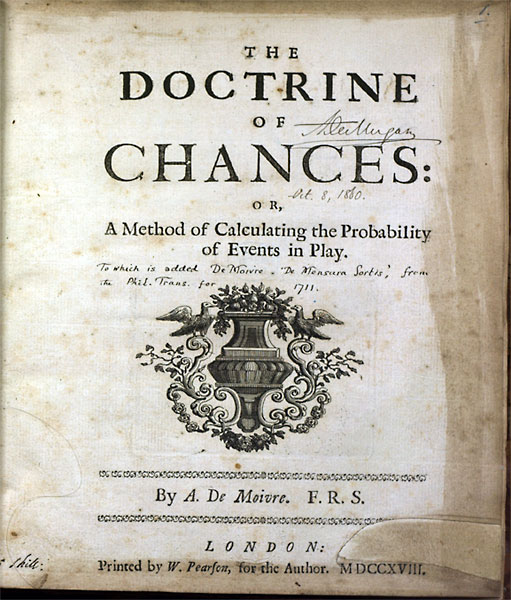
Notes and links:
In addition to the text book and other literature, some notes may be useful during the course:
Links:
Comments about course (biased selection!):
|
"This course overqualified me for a course on scientific
computing at Harward the following Summer." [Dennis Christensen (2009 course)] "I recommended this course to everyone I know." [Pernille Yde (2009 course)] "I don't think that you can rightly call yourself a physicist, if you have not had a course of this type." [Bo Frederiksen (2010 course)] "My second project in the course led to an article now in review for Nature magazine!" [Ninna Rossen (2011 course)] "If you really want to understand your data, you need a course like this." [Julius Bier Kirkegaard (2012 course)] "I realized that I was very well prepared by this course, when I started working at CERN as a Summer Student." [Mathias Heltberg (2013 course)] "It is now many years ago, that I followed your course, but there is hardly a day, where I don't think about it" [Frederik Beyer (2011 course, in October 2014)] "This is without a doubt the single most useful, and possibly most influential, course I have taken during my university education. Thank you." [Samuel Walsh (2013 course, in December 2014)] "Tak for et fedt kursus. Naar jeg taenker tilbage paa mine 2.5 aars fysikstudier staar Anvendt Statistik frem som noget af det sjoveste og mest spaendende." [Martin Hayhurst Appel (2014 course)] |
